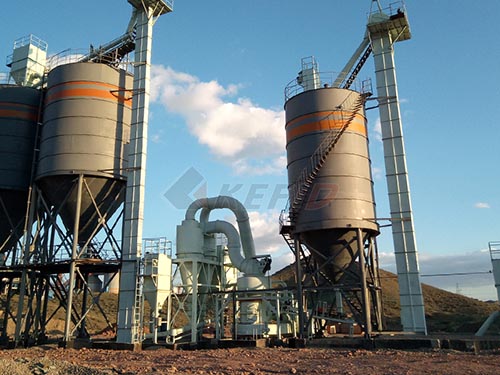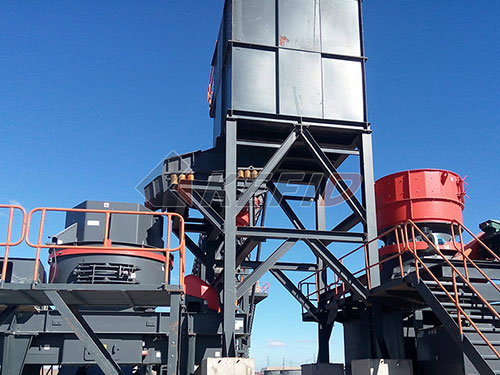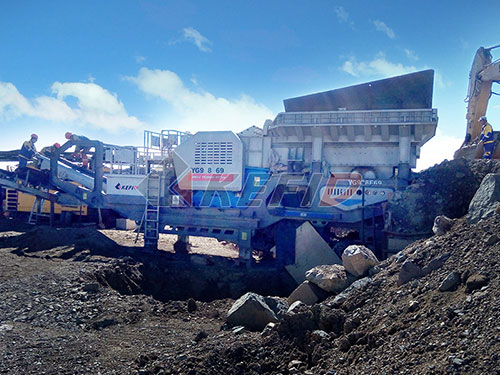Mobile Jaw Crusher: Unlocking New Zealand’s Resource Potential – A Strategic Investment Guide
New Zealand, a nation renowned for its breathtaking landscapes and resilient spirit, is simultaneously navigating significant infrastructure development, urban expansion, and resource management challenges. From the ambitious rebuilds in earthquake-impacted regions like Canterbury to the continuous upgrades of national highways and the burgeoning demand for construction aggregates nationwide, the pressure on efficient, flexible, and productive material processing solutions has never been greater. In this dynamic environment, investing in mobile jaw crushers presents a compelling strategic opportunity for quarry operators, demolition contractors, recycling enterprises, and civil construction firms seeking to enhance operational agility, reduce costs, and capture emerging market potential.
The New Zealand Landscape: Drivers of Demand

Several key factors converge to create fertile ground for mobile crushing technology:
1. Infrastructure Boom & Rebuilding: Government commitments to major transport projects (like Auckland Light Rail components, Wellington’s Let’s Get Wellington Moving initiatives, and ongoing state highway improvements), coupled with the long-term Canterbury rebuild and increasing residential/commercial construction nationwide, fuel massive demand for processed aggregates (AP20, AP40), basecourse, and drainage materials.

2. Urban Intensification & Brownfield Development: As cities expand upwards and inwards, brownfield site redevelopment becomes crucial. Mobile jaw crushers excel here by processing demolition concrete and brickwork directly on-site into valuable recycled aggregates (RCA), minimizing landfill costs (driven by New Zealand’s rising waste levies) and reducing the need for virgin material transport into congested urban centers.
3. Quarry Optimization & Remote Sites: New Zealand’s geology often necessitates quarries in challenging or remote locations with limited space or access. Mobile units eliminate the need for fixed plant foundations and extensive conveying systems. They can be easily relocated within a quarry face as extraction progresses or moved between smaller satellite sites where establishing fixed infrastructure is economically unviable.
4. Environmental Regulations & Sustainability Focus: Resource Management Act (RMA) requirements emphasize minimizing environmental footprint. Mobile crushers significantly reduce truck movements by processing material at source – whether it’s demolition waste in Christchurch or river gravel in Otago – leading to lower carbon emissions (a key government priority), reduced road wear-and-tear costs borne by operators/councils, less noise pollution compared to fixed plants operating constantly in one location near communities, and less dust generation due to contained operations with modern suppression systems.
5. Natural Disaster Resilience & Flexibility: Given New Zealand’s

Leave a Reply